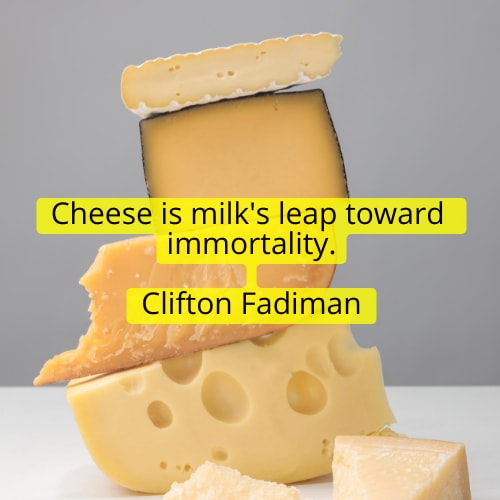An international battle over cheese has left European producers feeling bitter
For most cheese lovers, taste is the thing. Whether it’s a tangy blue stilton or a creamy oozing camembert, the most important element is the eating.
But cheese has profound political and economic properties too, with implications for international trade deals and commerce.
The taste of gruyere, for example, can depend on where you eat it. In Europe, it has a particular taste that comes from being a Swiss cheese (a French version is also available) made by heating Swiss cow’s milk in a copper vat and then ripening the cheese in Swiss cellars with the humidity of a natural cave.
In the US though, gruyere means any nutty, pale yellow cheese made from cow’s milk, and it can be produced anywhere in the world. That definition was recently given legal weight by the US court system after representatives of Swiss and French manufacturers tried to win protected status for the word “gruyere”. This would have restricted the use of the term in the US for cheeses produced in particular parts of Switzerland and France.
The European consortiums’ aim was to extend the kind of prize status grueyere enjoys closer to home. For in Switzerland and the EU, gruyere is protected by a geographical label which certifies that production, including the sourcing of the raw materials, takes place in a specific geographical area. It is a means of preserving cultural heritage and expertise, which in the case of gruyere, is said to go back to the 12th century.
In the US however, the Dairy Export Council argued that vast quantities of cheese made in all kinds of places have been labelled and sold as gruyere for decades. They argued that the name “gruyere” is generic and cannot be owned by anyone. The US court sided with them.
The case highlights the clear difference between the ways Europeans and Americans regulate geographical names of traditional foods. The contrasting views had already been a tricky element in recent negotiations for a proposed trade deal between the US and the…
..


